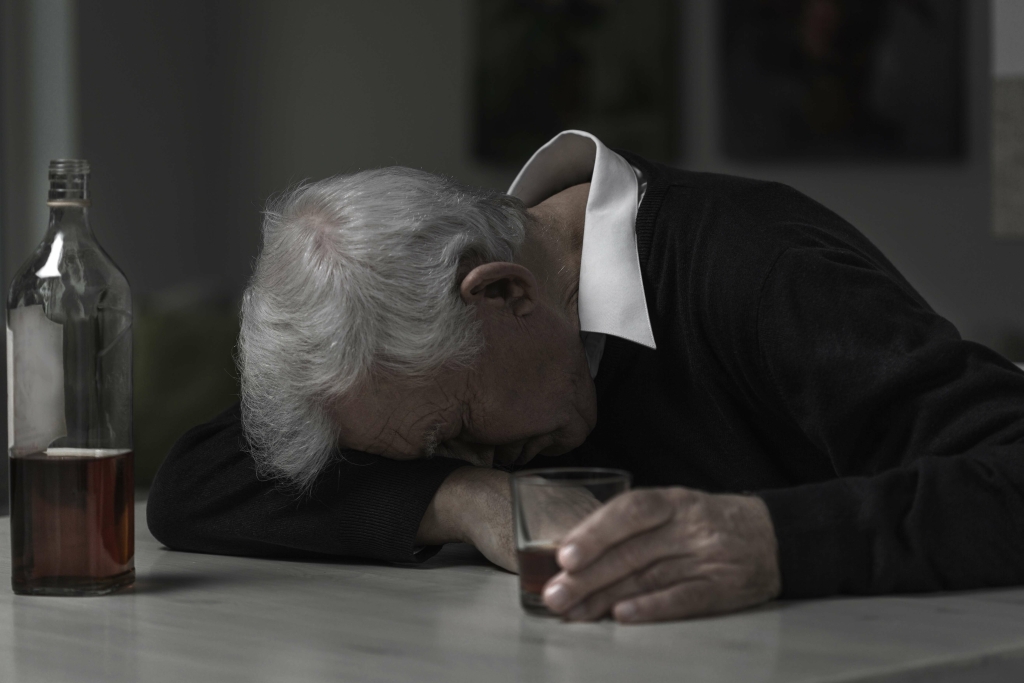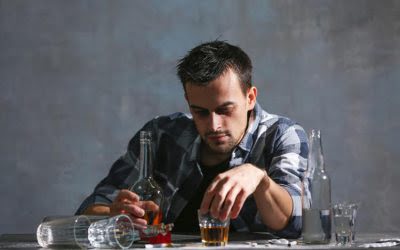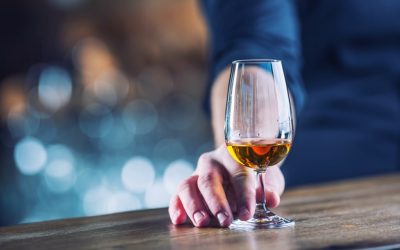They are clinically relevant negative states (“signs and symptoms”) following from vulnerability traits that intersect with diverse factors (“etiologic agents”) to yield replicable neurobiological changes (“anatomical alterations”). They share characteristics with other medical diseases, yet have their own unique features. As with type II diabetes, hypertension and many cancers, there are genetic, biological and environmental influences. As with Tourette syndrome, patients can inhibit their compulsive behaviours, yet sustaining these choices is difficult and contextually modulated.
Lessons from genetics
It can damage personal relationships, lead to financial difficulties and cause legal problems. Untreated addiction also harms family members, and the effects can last for generations. Understanding the complexity of addiction is crucial in order to address it effectively. Recognizing addiction as a disease can help reduce stigma and allow for more compassionate and evidence-based approaches to prevention and treatment. Let’s not revert to an outdated conception of the drug problem as only either biological or behavioral and ignore the decades of scientific research that have led to combined treatments and policy approaches that work far better than either alone.
Comment on Heilig et al.: The centrality of the brain and the fuzzy line of addiction
Not all individuals with a SUD are addicted to the drug in question, but a subgroup are. At the severe end of the spectrum, these domains converge (heavy consumption, numerous symptoms, the unambiguous presence of addiction), but at low severity, the overlap is more modest. The exact mapping of addiction onto SUD is an open empirical question, warranting systematic study among scientists, clinicians, and patients with lived experience. No less important will be future research situating our definition of SUD using more objective indicators (e.g., [55, 120]), brain-based and otherwise, and more precisely in relation to clinical needs [121]. Finally, such work should ultimately be codified in both the DSM and ICD systems to demarcate clearly where the attribution of addiction belongs within the clinical nosology, and to foster greater clarity and specificity in scientific discourse.

Providing the Highest-Quality of Addiction Treatment

Early residential laboratory studies on alcohol use disorder indeed revealed orderly operant control over alcohol consumption [106]. Furthermore, efficacy of treatment approaches such as contingency management, which provides systematic incentives for abstinence [107], supports the notion that behavioral choices in patients with addictions remain sensitive to reward contingencies. Addiction is a multifaceted issue influenced by various factors, including biological, psychological, and environmental elements. Research has shown that addiction involves changes in brain structure and function, particularly in areas related to reward, motivation, and decision-making. These changes can contribute to the compulsive and uncontrollable nature of addictive behaviors. Based on these definitions, then, it is proposed that addictions should indeed be considered diseases.
Thus, we can say that addiction is ambivalent drug use, which eventually involves more costs than benefits (otherwise why quit?). Behavioral choice principles predict ambivalent preferences, semi-stable suboptimal behavior patterns, and the capacity to shift from one option to another. To be sure “compulsion” and “choice” can be seen as points on a continuum, but Figure Figure11 and research on quitting make it clear that http://tappingchuck.ru/?page=73 addiction is not a borderline case. Proponents of the disease model argue that addiction is a chronic brain disease characterized by changes in the brain’s structure and function. They believe that addiction is beyond an individual’s control and is influenced by genetic, environmental, and biological factors. According to this perspective, treating addiction requires medical intervention, similar to other chronic diseases.
- Every person experiences natural rewards in their life like a delicious meal, a favorite song, the pleasant feeling following exercise, or the happiness after sex, but drugs offer something more.
- If use stops, they will experience a series of painful side effects known as withdrawal, until either their body returns to its normal state without drugs or when they use again.
- The roots of this insight date back to 1940, when Spragg found that chimpanzees would normally choose a banana over morphine.
His arguments ignore decades of biomedical and behavioral research that have taught so much about the nature of substance use disorder, as it is now called, and what to do about it. While there is an element of choice in substance use, the neural actions of dopamine tilt the brain to be so interested in the immediate reward that it can’t even contemplate longer-term goals or exert control. That is why those who are addicted repeatedly act against their own best interests, frustrating everyone around them—and themselves. And the prefrontal cortex, the area of the brain responsible for rational decision-making, judgment, and control of behavior gets weakened, its connections to other parts of the brain pruned away. Addiction is considered a disease largely as a way to remove stigma, guilt, moral blame, and shame from those who use substances or certain behaviors repeatedly to feel intense euphoria and as a way to encourage humane treatment. It is also viewed as a disease in order to facilitate insurance coverage of any treatment.
The Neurobiology of Addiction: Exploring the Brain’s Reward System

Food addiction is not yet recognized by the DSM despite research-backed evidence that demonstrates the addictive properties of food. Intense highs that come on rapidly also tend to dissipate quickly,1 and the quicker comedown may further encourage drug abuse. The main difference though is that that since it is connected to pleasure, which is the brain’s natural agent to tell the body what is good or bad for survival https://joomlaz.ru/smallville-supervillain-list/ on a primal level, these habits form quicker and become more powerful than they otherwise would. A key point is that pleasure in this case does not necessarily need to be pleasure in the traditional sense, rather would be more accurately described as positive stimuli. This means that activities that do not cause pleasure but provide relief from negative feelings also present a strong habit-forming risk.
RECOVERY PODCAST
But staffing and funding for treatment facilities of all kinds is in short supply, and getting someone to a short-term treatment facility, with or without their consent, is only a first step on a successful path to recovery. Incentivizing and supporting the individual’s choice to maintain treatment is an equally critical part of the process. http://kuinje.ru/english3.php That can only happen with a robust and well-funded system that includes many different pathways and interventions. The cumulative frequency of remission as a function of time since the onset of dependence, based on Lopez-Quintero et al.’s (2011) report. The smooth curves are based on the negative exponential equations listed in the figure.
